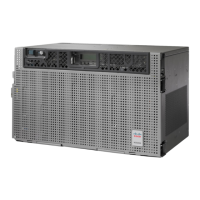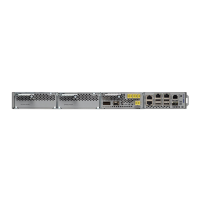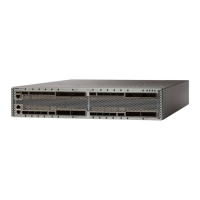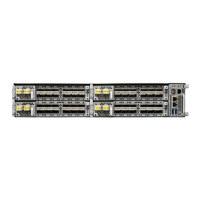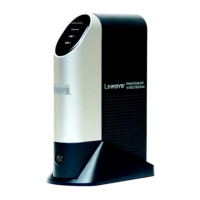SNMP TrapSNMP NumberEntityTransient Condition
logoutOfUser5120NEUSER-LOGOUT, on page
476
restorationInProg7975OCH-TERMRESTORE-IN-PROG, on
page 475
switchedBackToWorking2640EQPT, OCNWKSWBK, on page 476
switchedToProtection26502R, TRUNK, EQPT,
ESCON, FC, GE, ISC,
OCN, STSMON,
VT-MON
WKSWPR, on page 476
warmRestart2660NEWRMRESTART , on
page 477
spanIsInWaitToRestoreState3420—WTR-SPAN, on page 477
Trouble Notifications
The system reports trouble by using standard condition characteristics that follow the rules in Telcordia GR-253
and graphical user interface (GUI) state indicators.
The system uses standard Telcordia categories to characterize levels of trouble. The system reports trouble
notifications as alarms and reports status or descriptive notifications (if configured to do so) as conditions in
the CTC Alarms window. Alarms typically signify a problem that you need to remedy, such as a loss of signal.
Conditions do not necessarily require troubleshooting.
Condition Characteristics
Conditions include any problem detected on a shelf. They can include standing or transient notifications. You
can retrieve a snapshot of all currently raised conditions on the network, node, or card in the CTC Conditions
window or by using the RTRV-COND commands in Transaction Language One (TL1).
Some cleared conditions are found on the History tab.
Note
Condition States
The History tab state (ST) column indicates the disposition of the condition, as follows:
• A raised (R) event is active.
• A cleared (C) event is no longer active.
• A transient (T) event is automatically raised and cleared in CTC during system changes such as user
login, log out, and loss of connection to node view. Transient events do not require user action.
Cisco NCS 2000 series Troubleshooting Guide, Release 11.0
468
Transient Conditions
Trouble Notifications
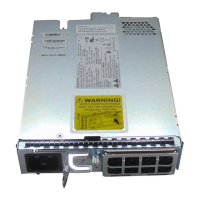
